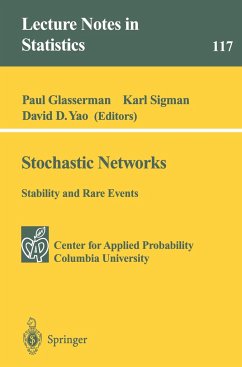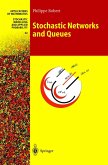Two of the most exciting topics of current research in stochastic networks are the complementary subjects of stability and rare events - roughly, the former deals with the typical behavior of networks, and the latter with significant atypical behavior. Both are classical topics, of interest since the early days of queueing theory, that have experienced renewed interest mo tivated by new applications to emerging technologies. For example, new stability issues arise in the scheduling of multiple job classes in semiconduc tor manufacturing, the so-called "re-entrant lines;" and a prominent need for studying rare events is associated with the design of telecommunication systems using the new ATM (asynchronous transfer mode) technology so as to guarantee quality of service. The objective of this volume is hence to present a sample - by no means comprehensive - of recent research problems, methodologies, and results in these two exciting and burgeoning areas. The volume is organized intwo parts, with the first part focusing on stability, and the second part on rare events. But it is impossible to draw sharp boundaries in a healthy field, and inevitably some articles touch on both issues and several develop links with other areas as well. Part I is concerned with the issue of stability in queueing networks.








